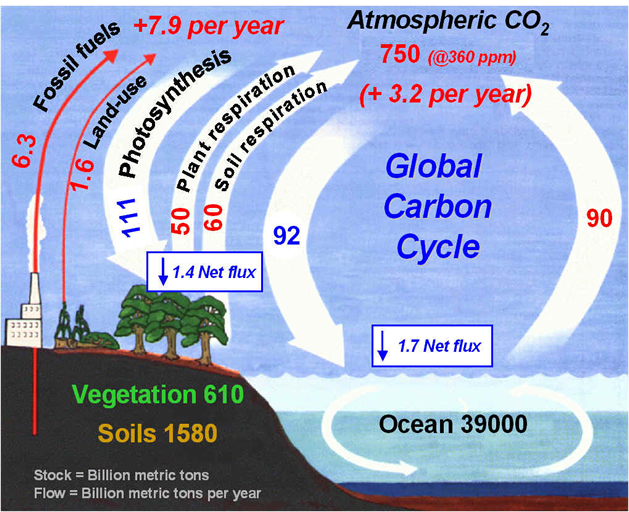


It takes months to centuries to recycle carbon dioxide through the short-term reservoir. In the short-term reservoir, carbon is stored in the atmosphere, oceans and biosphere with the ocean containing the largest amount of carbon. In swamps this material is transformed into coal and in river deltas the material is converted into carbonaceous shale. Some of these rocks become part of volcanoes and the carbonate is released as carbon dioxide via volcanic eruptions.Ĭarbon dioxide is also removed from the atmosphere by plants and the burial of dead plant matter. Over millions of years this transformed material is buried at depths of thousands of feet and the heat and pressure melts the rocks and converts the carbonate back to carbon dioxide. When these organisms die the shells accumulate on the ocean floor and are eventually transformed into rocks and petroleum. In the long-term reservoir atmospheric carbon dioxide reacts with water and minerals in rocks to form calcium bicarbonate which enters rivers and ends up in the ocean where it becomes shells of various marine organisms. The long-term reservoir contains about 99.9 percent of the total carbon which is found mainly in rocks and fossil fuels and takes up to millions of years to recycle carbon dioxide. By circulating carbon through these interconnected reservoirs the planet regulates the level of atmospheric carbon dioxide. The carbon cycle is composed of two reservoirs: a long-term and a short-term. Each of these is part of a reservoir which contains all the carbon on the planet. The carbon cycle refers to the flow of carbon between the atmosphere, rocks, oceans and biosphere (all of Earth’s life forms). To appreciate the impact our burning of fossil fuels is placing on the planet we need to understand how the Earth recycles carbon dioxide through the carbon cycle. The burning of fossil fuels, such as coal and oil, in our factories, power plants and cars has disrupted this balance so that higher levels of carbon dioxide accumulate in the atmosphere. Over millions of years Earth has been able to regulate the level of atmospheric carbon dioxide through the carbon cycle. As we discussed in my first posting, carbon dioxide helps stabilize the planet’s temperature, but increasing the atmospheric concentration of carbon dioxide will increase the global temperature.


 0 kommentar(er)
0 kommentar(er)
